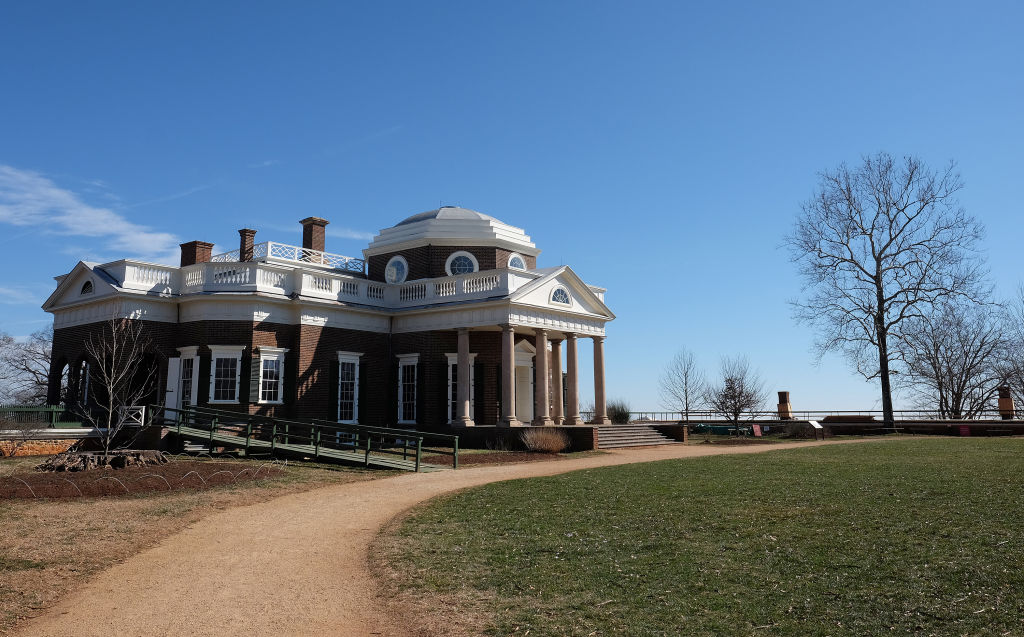Many tourist attractions still have secrets: such buildings often have hidden rooms and unknown passages that most visitors are not even aware of.
Railway platform 61 in New York (USA)

Until recently, the famous Waldorf-Astoria hotel in New York (pictured) was until recently a secret railway platform 61. It was used only once – to accompany American President Franklin Delano Roosevelt and other senior officials to the hotel. For decades, no one used the station, although railroad tracks, a carriage and a private elevator under the building have survived to this day.
Secret rooms of the Doge’s Palace in Venice (Italy)

This Venetian palace has many secret rooms and corridors that tourists are not aware of. However, recently they had the opportunity to look at the life of the palace from the inside, visiting the office, the secret archives, the torture room and the Casanova prison cell. For many centuries, even the inhabitants of Venice did not know about many of these premises.
Chamber of Secrets in Mount Rushmore, South Dakota (USA)

Mount Rushmore, located in South Dakota, is known worldwide for its sculptural portraits of four American presidents carved into the rock. But few people know that behind the head of Abraham Lincoln, the sculptor Gutzon Borglum made a secret room. According to the creator’s idea, it should contain documents that are most important for US history. Work on the creation of the premises was completed only in the 1990s, for tourists the room is still inaccessible.
Ballyhack Castle Premises in Wexford County (Ireland)

Ballyhack Castle, built by hospital admirers in the 15th century, is not striking in its external beauty and looks more like a rectangular tower. The walls of the building are double, which was done not only for greater strength of the structure, but also for the location between them of many secret rooms and doors. Also in the castle there are mashikuli and other defensive fortifications, visitors can see them with their own eyes, like a steep staircase, a chapel and a “killer hole”.
Secret rooms in the Kitaygorod wall in Moscow (Russia)

Kitay-Gorod wall in the middle of the XIX century
In 2017, in Moscow, while preparing trenches for communications in the Lubyanskaya and Novaya Ploshchad area, archaeologists managed to find five secret rooms in the Kitaygorod wall. Presumably, they were created so that the defenders of the city could listen to negotiations in the camp of the enemy on the other side of the wall. In addition, they could be used to make sorties and quietly observe the actions of the enemy.
Sally Hemings’s Room at Monticello Manor (USA)

During the archaeological restoration of the estate of US founding father Thomas Jefferson in Monticchiello (pictured), specialists found a room in the southern wing of the building, which was in close proximity to his bedroom. Some experts believe that she lived in the slave Sally Hemings. Most historians agree that she gave birth to several children of Jefferson – according to DNA analysis, Jefferson was the father of at least one of the eight Hemings children. The room became part of the museum.
Michelangelo’s Room in the Medici Chapel (Italy)

During restoration work carried out in the Medici Chapel in Florence in 1975, the director of the museum building, Paolo dal Poggetto, found a hatch under the cabinet in the sacristy. He led into an oblong room measuring about 7 by 2 m. It is believed that in the XVI century for several months in this room Michelangelo Buonarroti was hiding from the wrath of the Medici. He left drawings on the walls of coal and chalk (pictured), resembling his other works.
Trafalgar Square London Police Station (UK)

In the southern part of Trafalgar Square is the smallest police station in London. It is located at the base of the lamppost, so many tourists do not notice it. This post appeared around the 1930s, when the authorities needed to move a police booth near the Charing Cross metro station somewhere. The post in the lamppost was designed for one policeman who could contact Scotland Yard by telephone at any time. Now this room is used to store brooms.
Eiffel Tower Apartment in Paris (France)

The creator of the famous symbol of Paris, Gustave Eiffel, arranged for himself a small apartment on top of the tower. It is located on the third level of attractions, and its atmosphere will seem modest to modern tourists. However, when the tower first appeared, the apartment became the envy of the Parisian elite. Eiffel refused to take it, despite numerous offers, and received guests in the apartment, including Thomas Edison.
Ballroom at Flinders Street Station in Melbourne (Australia)

Many travelers are unaware that an abandoned ballroom is located in the famous station building in Melbourne. Throughout the 20th century, it was used not only for dancing, but also as a lecture and sports hall and library.

Since 1985, the building has been closed to visitors, although the city authorities are going to restore it and return it to the residents of the city.
Photo: Getty Images, Wikimedia Commons


